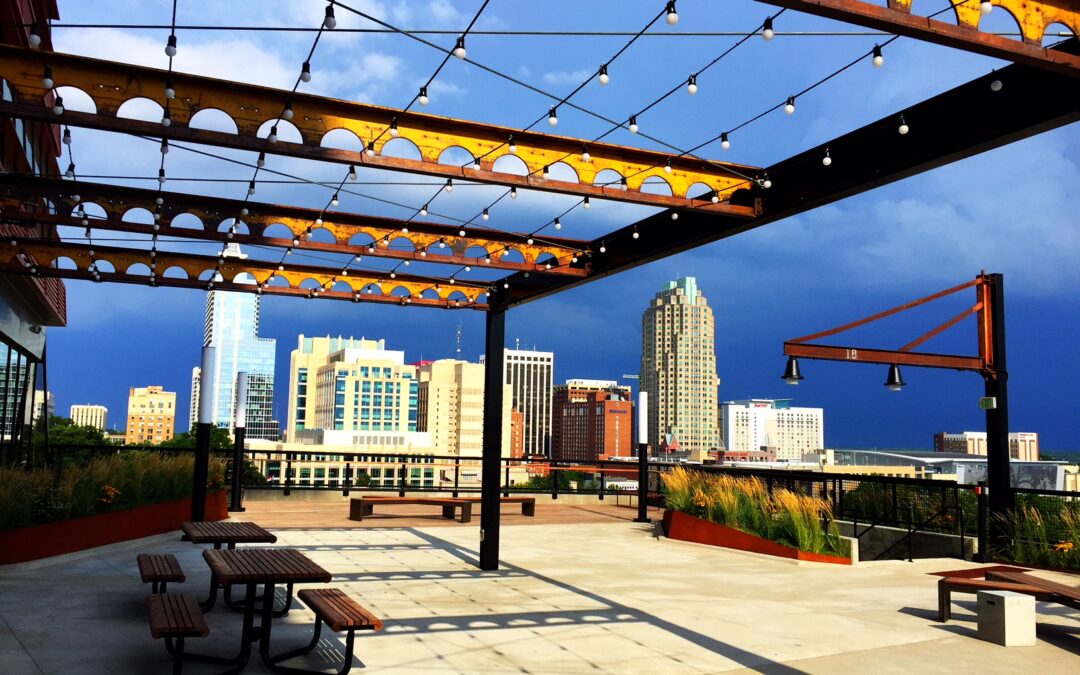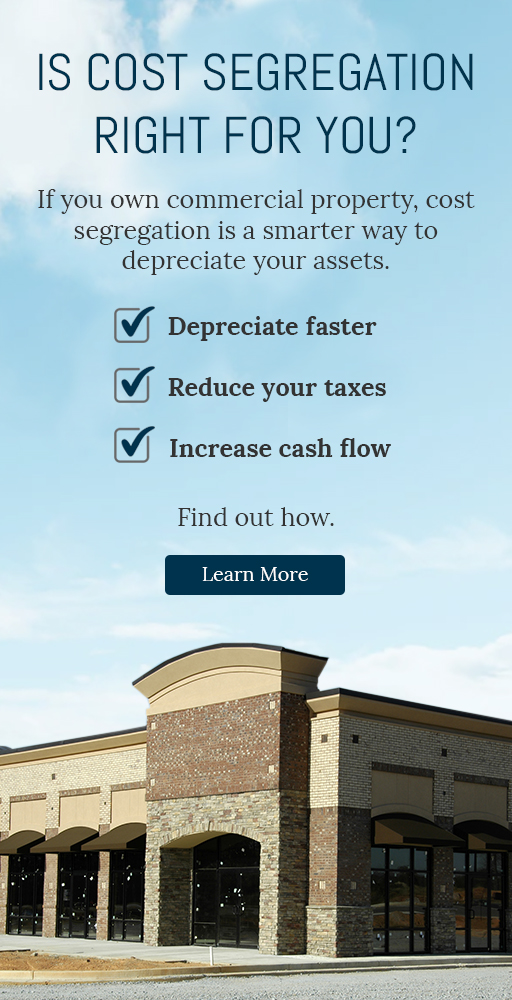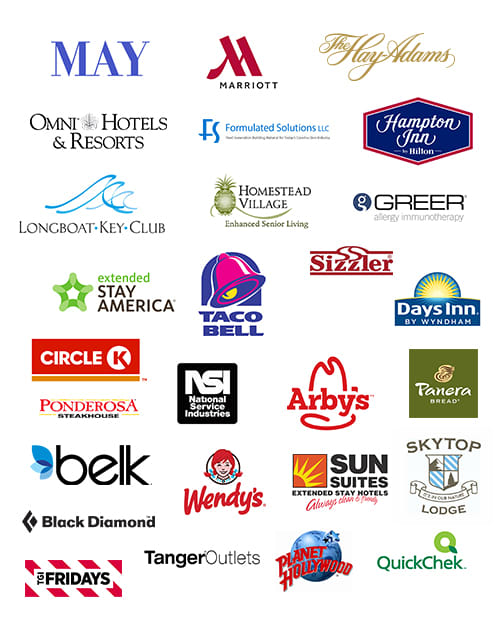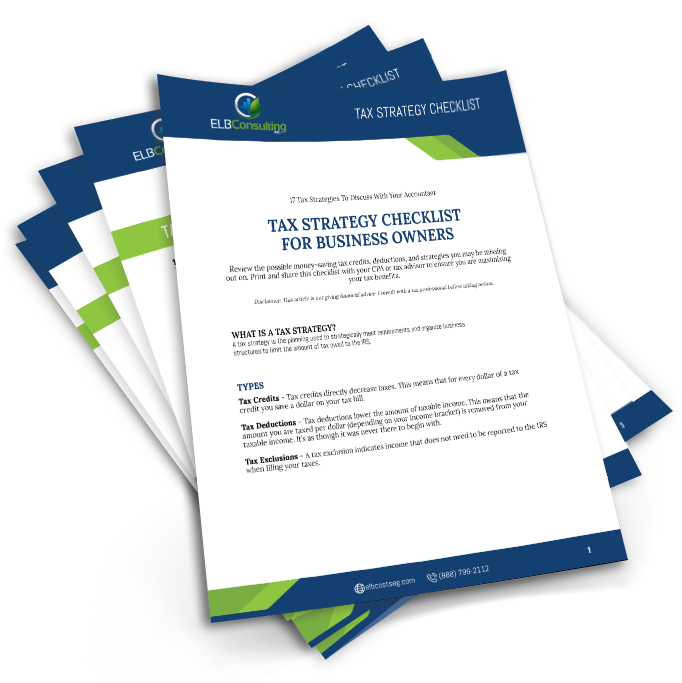The newly signed Inflation Reduction Act expanded the 179D Commercial energy incentives & renewed the 45L Residential energy tax credits for 2022
Overall, both have been significantly enhanced and expanded by the Inflation Reduction Act.
Revisions and enhanced updates to the 179D tax deduction
The Section 179D Commercial energy incentive was previously made permanent. Though these new changes have significantly increased the deduction per square foot from the current maximum of $1.80 SF in 2022 to upwards of $5.00 SF in 2023 and beyond. This change is intended is to reward the developers who design and build energy-efficient commercial buildings.
This applies to the 3 building subsystems; 1) Building envelope, 2) HVAC/Hot water systems, and 3) Lighting and lighting controls.
This includes multifamily buildings that are four stories or more above grade. Both new Energy-efficient construction and energy efficient retrofit/conversions of existing buildings are eligible.
Tax-exempt entities that develop/own energy efficient buildings can allocate 179D tax deductions to architects, engineers, and designers responsible for designing the energy efficient systems. Before these changes, only allowed for government owned buildings to allocate these tax deductions to their designers.
45L tax credit has been extended for 2022, and expanded with increased benefits in future years
This highly coveted residential tax credit had expired on 12/31/2021. However, the 45L residential tax credits have been retroactively extended for 2022, and remain unchanged from the previous 2021 guidelines. This offers significant benefits for multifamily developers and homebuilders of $2,000 per qualified dwelling unit.
For example, a three (3) level or below apartment development of 300 units that goes in-service in 2022 can qualify for up to $600,000 in tax credits
Then, beginning 1/1/2023 for units put “in-service”, the allowable maximum tax credit increases to $5,000 per dwelling unit for both single-family and multifamily developments. To achieve this high mark, the energy efficiency criteria must align with Department of Energy program for Energy Star and Zero energy ready homes.
Additionally starting 1/1/2023 all residential developments can become eligible, when before only low-rise residential developments were eligible.
However, maximizing the energy efficiency tax credit to the $5,000 per qualified dwelling unit can require that construction wages on the specific project be paid at/above local prevailing rate as determined by the Secretary of Labor.
With the Inflation Reduction Act and its green initiatives, it seems Congress has decided to address climate change through the commercial real estate industry by expanding energy efficiency tax incentives.
While not all provisions in this legislation may be a welcome change, these two energy efficient building components are very good for real estate developers and designers.
If you want to learn more about this and if you qualify, email us at info@elbcostseg.com.




